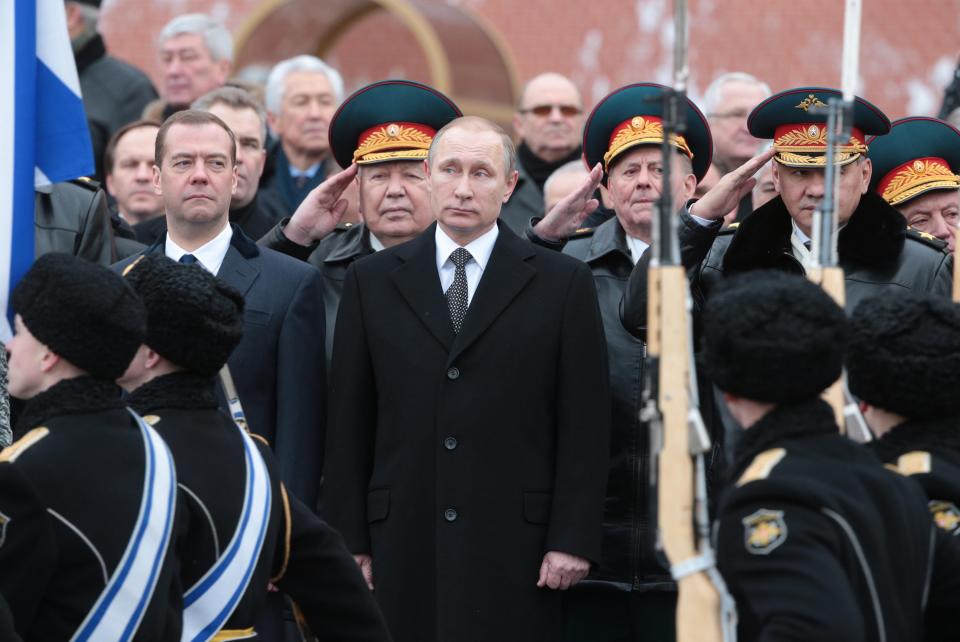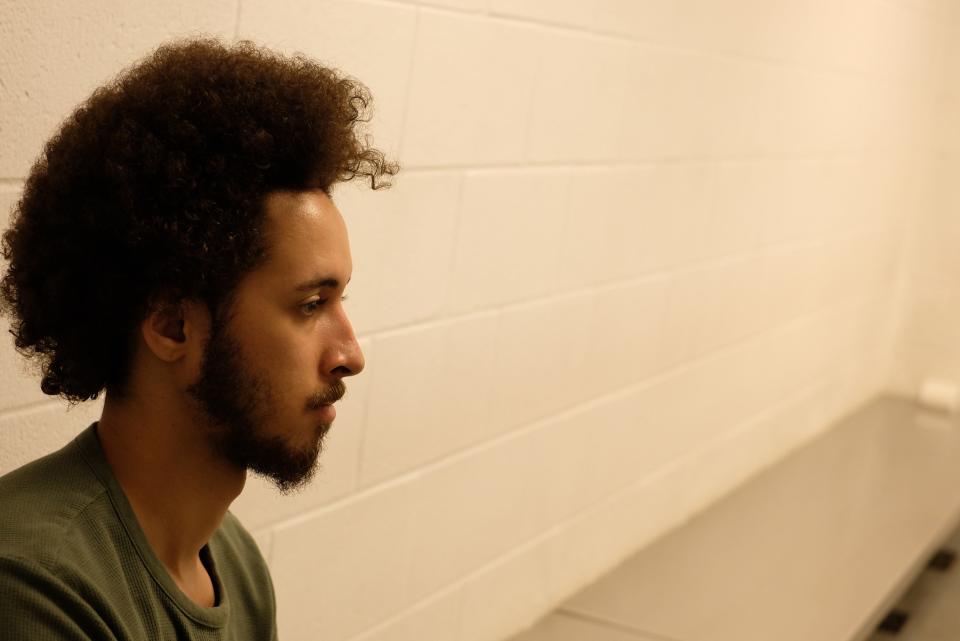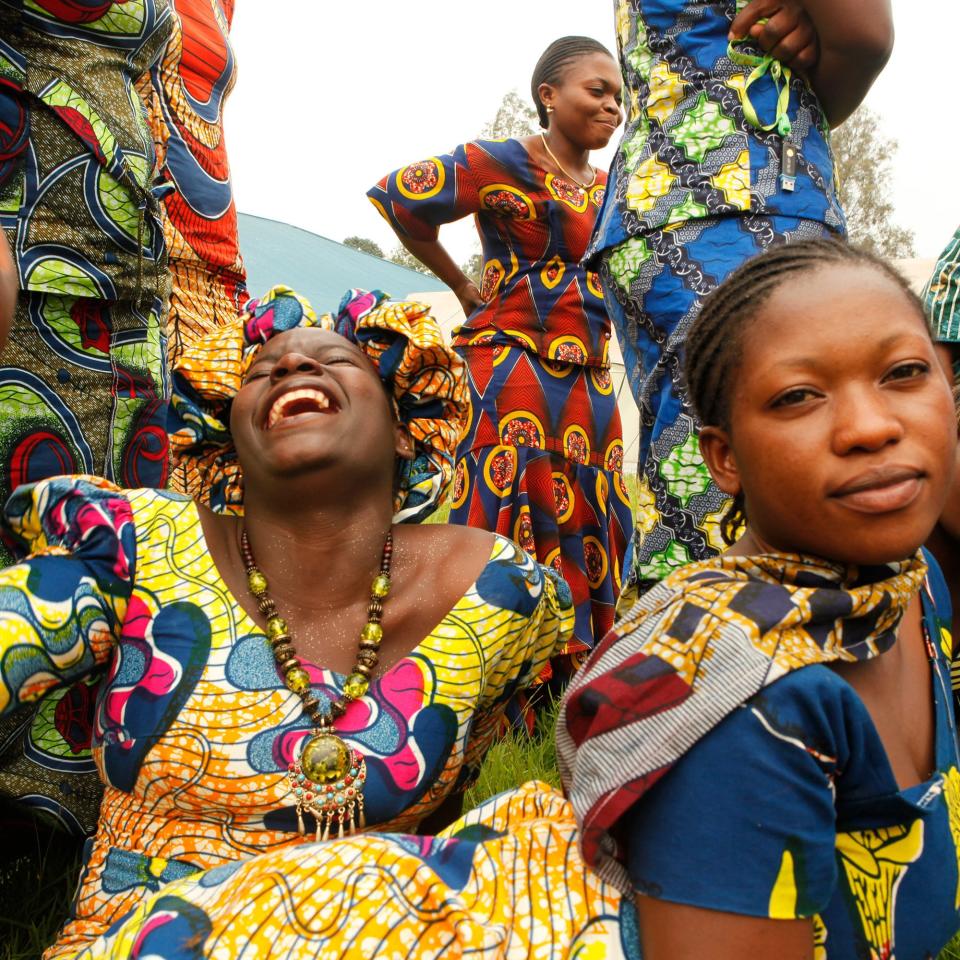Which Documentary Should You Stream Next? You’ve Got Options
Documentaries won the summer, with films like RBG, Won’t You Be My Neighbor, and Three Identical Strangers drawing superhero-fatigued audiences in droves and scoring box office numbers far beyond expectations. And Wild Wild Country was perhaps the buzziest TV series of the spring. Some incendiary new documentaries are on the horizon—Michael Moore on President Trump; Errol Morris on Steve Bannon—but until they get here, what should we be watching? I took a tour through the streaming services and came back with two new films and a six-part series that are by turns shocking and inspiring and more than worth your time.
City of Joy
Set in the eastern Congolese city of Bukavu, City of Joy takes its name from a walled refuge designed to rehabilitate and empower women who have survived sexual assault in the country’s brutal civil war. This is the first film from Madeleine Gavin, and she takes a straightforward approach to her agonizing material, emphasizing the point that rape is a targeted weapon of war—an act of terror—designed to demoralize communities, while providing context for the confusing and unbearably violent conflict that has ravaged the resource-rich country. Gavin introduces us to two activists who run City of Joy, the charismatic women's-rights crusader Christine Schuler Deschryver and a doctor, Denis Mukwege, who has dedicated his life (and risked the safety of his family) to care for survivors. Playwright and activist Eve Ensler is also a cofounder of the facility and inspires the Congolese women to assert themselves and speak about their bodies without embarrassment (Ensler: “Vagina! Vagina! Vagina! Vagina!”). What makes City of Joy essential viewing is the space it gives to the survivors to describe in excruciating, if matter-of-fact, detail what happened to them at the hands of militias. It’s incredible that anyone could endure what they have, and their resilience brings tears to your eyes.

ActiveMeasuresStill
Active Measures
I saw filmmaker Jack Bryan’s dense and persuasive documentary on President Trump’s ties to Russia at a packed screening in New York last winter. Bryan and his writing partner Marley Clements were still putting the finishing touches on the film, but when the lights came up all the audience wanted to talk about was how soon this documentary could be widely seen. There was a feeling in the room that no time could be wasted getting it in front of American audiences. (It premiered at a Toronto festival in May, had a brief theatrical run, and is now streaming on Hulu.) Active Measures still feels well timed: It’s a prosecutorial two hours that lays out the evidence Robert Mueller’s investigation is surely gathering of President Trump’s business connections to Russia and the ways Putin’s government has worked to disrupt and influence American democracy. The film is rigorously sourced and includes interviews with Hillary Clinton, the late John McCain, and a host of intelligence-community officials past and present—and includes deeply convincing accounts of Russian money laundering through Trump properties throughout the world and the suggestion (still unproven) that Putin does indeed have something on our president. Active Measures is not an easy watch, but it’s an important one.

firstandlast-documentary-roundup.jpg
First and Last
The title of this six-part Netflix series reveals its structure: Each episode tracks the first and last day of an inmate, filming them as they enter, or prepare to leave, the massive Gwinnett County Jail in Georgia. It’s a clever framing device, providing moments of dread and elation: denial and anger as the fact of incarceration begins to sink in and then the poignant joy, tinged with fear, of liberation on the night of release. The show offers a fascinating and highly detailed vision of how an American prison operates and reminds you of all-too-obvious inequalities. Most of the inmates at Gwinnett are black or brown, and a striking number of them on-screen have been arrested for seemingly minor offenses—like marijuana possession, for which white Americans almost never go to jail. The show has flaws. It can be slightly sensational, with stylized collage sequences that can feel cheap. There are forced narrative arcs: Can one inmate bond out in time to make his all-important job interview? Still, First and Last drew me in—and forced me to think critically about an American justice system that can feel woefully unjust.
Read More Stories From the Culture Section:


